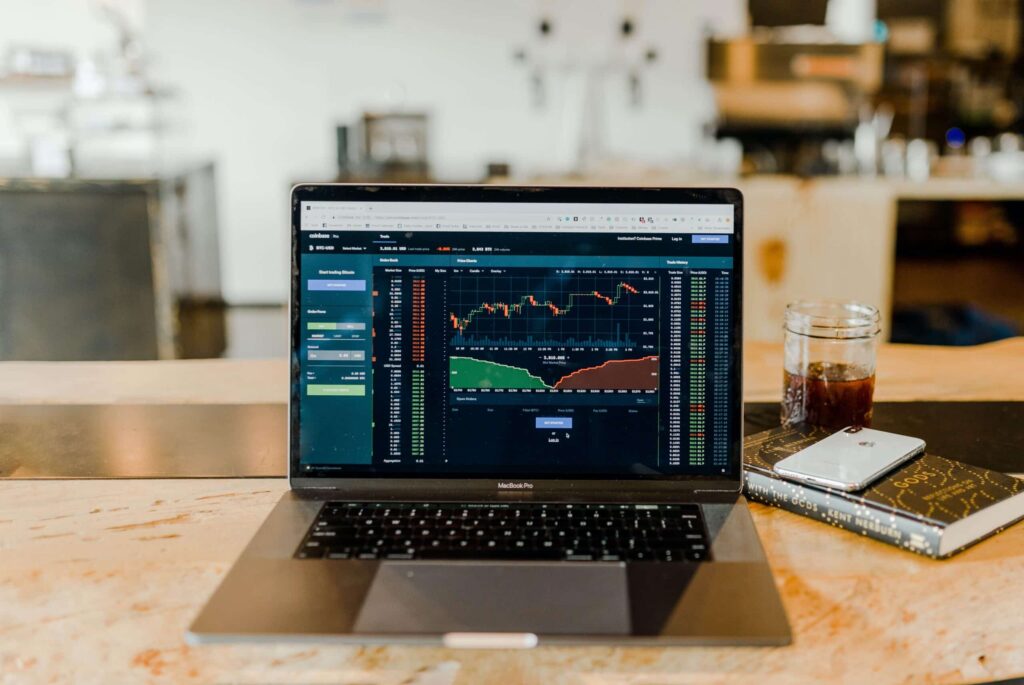Historical Option Data File Formats
File Formats
How many files per day
For our end of day service, and for the historical data, there are three CSV files per day. For Bare Bones data the history only includes the Options file.
- Options file – one row per option – approximately 1,500,000+ rows each day in current data, less in earlier years. (see details below)
- Stock file – one row per underlying stock (or Index, ETF) – contains symbol, date, open, high, low, close, volume
- IVStats – one row per underlying stock, index, ETF – a summary of options data. (see details below)
Overview
The most popular purchase from HistoricalOptionData.com is delivered, at its core, in a format known as CSV (Commas Separated Values). Whether it is files from our historical data set, or our end of day service, the files contain multiple rows of data, with each item of data separated from the next by a comma.

Example Level 2 CSV:
UnderlyingSymbol,UnderlyingPrice,Exchange,OptionSymbol,Blank,Type,Expiration, DataDate,Strike,Last,Bid,Ask,Volume,OpenInterest,IV,Delta,Gamma,Theta,Vega,Alias
SPY,298.09,*,SPY191220C00300000,,call,12/20/2019,09/10/2019 16:00,300,7.99,7.96,8.06,514,74443,0.1443,0.4768,0.0176,-15.9085,61.8811,SPY191220C00300000
SPY,298.09,*,SPY191220P00300000,,put,12/20/2019,09/10/2019 16:00,300,10.83,10.45,10.49,317,17052,0.1519,-0.5144,0.0167,-17.0491,61.8999,SPY191220P00300000
Example Bare Bones:
UnderlyingSymbol,UnderlyingPrice,Exchange,OptionSymbol,Blank,Type,Expiration, DataDate,Strike,Last,Bid,Ask,Volume,OpenInterest
A,48.74,*,A131019C00050000,,call,10/19/2013,09/16/2013,50,0.71,0.67,0.7,20,2359

Download Samples
The set of rows are grouped into files, and then in many cases the text files are compressed in “zip” files. Once you receive your files, you can either use them by opening directly in a spreadsheet such as Excel, or import them into your own database.
Calculation
For our Level 2 and Level 3 data, greek values calculated use the Black Scholes Merton model and use the Daily Treasury Yield Curve as the interest rate. The Bare Bones has no greek values. Most Common Structures Here is a list of the most common formats. Please note that for each example, there is one line for the header row, and one line of data. In most cases, the line will be too long to display on the page and will wrap to the next line. The structures displayed below show our current format which we are using beginning in 2010. End of Day and Historical Data The most common row structure is used in several places. You will most likely encounter files with this file structure first.underlying, underlying_last, exchange, optionsymbol, blank, optiontype, expiration, quotedate, strike, last , bid, ask, volume, open interest, implied volatility, delta, gamma, theta, vega, alias
MSFT,28.6,*,MSQ100320C00030000,,call,03/20/2010,2/25/2010 04:00:00 PM,30,0.11,0.11,0.12,2738,54203,0.1919,0.1672,18.1826,-0.7533,1.7966,MSQCF
Level 2 Definitions
| Underlying | The stock, index, or ETF symbol |
| Underlying_last | The last traded price at the time of the option quote. |
| Exchange | The exchange of the quote – Asterisk(*) represents a consolidated price of all exchanges and is the most common value. |
| Optionsymbol | The option symbol. Note that in the format starting 2010 this will be longer than 18 characters, depending on the length of the underlying. Blank This item is always blank, to preserve continuity with the older format. It is always blank. So if you are importing this into a database, either do not import this column, or make the field nullable. |
| Optiontype | Call or put Expiration The expiration date of the option. |
| Expiration date | The date of the expiration |
| Quotedate | The date and time of the quote. Most of the time, the time will be 4:00 PM. This only means that it is at the close, even though some options trade until 4:15 PM EST |
| Strike | The strike of the option |
| Last | The last traded price of the option which could even be from a previous day. |
| Bid | The bid price of the option |
| Ask | The ask price of the option |
| Volume | The number of contracts traded |
| Open interest | Open Interest – always a day behind. The OCC changes this number at 3:00AM every morning and the number does not change through the day |
| BELOW THIS LINE, THESE COLUMNS NOT CONTAINED IN BARE BONES PRODUCTS | |
| Implied volatility | The implied volatility (a measure of the estimate of how much the price could change. A high number means that traders believe the option could make a large change) |
| Delta | The delta. (a measure of how much the option price would change in relation to the underlying stock price. A delta of .50 means the option would change 50 cents for every 1 dollar the stock moves) |
| Gamma | The gamma. (a measure of how fast the Delta will change when the stock price changes. A high number means this is a very explosive option, and could gain or loss value quickly) |
| Theta | The theta (a measure of how fast the option is losing value per day due to time decay. As the expiration day arrives, the theta increases) |
| Vega | The vega (a measure of how sensitive the option price is to a change in the implied volatility. Options that are way out of the money, or have a long time until expiration are more sensitive to a change in implied volatility) |
| Alias | If possible, the old name of the option. Because of the 2010 OSI Symbology, it is important to know what the old symbol name was during the 2010 switch over. If this can be determined, it will list the old name, otherwise it will display the same value as the option symbol. The Alias column has no usage outside of 2010. |
Level 2 Daily Option Statistics Files
Statistics are not included in options only, Bare Bones products For each day with the historical data as well as the end of day subscription, there are three files created for each day; the options file, the option stats file and the stock history file. The option stats file is a summary file for the options data. There is one row of data per each underlying symbol (one per stock, ETF or index). Along with the symbol and the date of the quote, the file also contains summary data concerning implied volatility surface, option volume and option open interest. A typical row for this data looks like this: Symbol, date, CallIV, PutIV, MeanIV, CallVol, PutVol, CallOI, PutOI MSFT,20100309,0.2028,0.1991,0.201,82161,31645,1465910,1104266

| Symbol | The underlying symbol of the stock, ETF or index |
| Date | The date of the quote. |
| CallIV | The surface Call IV. |
| PutIV | The surface Put IV. |
| MeanIV | The surface Mean IV. |
| CallVol | Total call volume for the current day. |
| PutVol | Total put volume for the current day. |
| CallOI | Call Open Interest (number of open call contracts) at the beginning of the trading session. |
| PutOI | Put Open Interest (number of open put contracts) at the beginning of the trading session. |
Level 2 Surface Implied Volatility
Not in Bare Bones product
In order to gauge how expensive or cheap options for a symbol are, a value called the surface IV is calculated. This is the same relationship as the old VIX calculation had to the OEX, in fact, it is the exact same formula.
In brief, for the Call IV, four call options are used in the calculation. The goal of the formula is to estimate the implied volatility of an option for that stock as if it always expired 30 calendar days in the future and its strike exactly matched the underlying stock price. For the Put IV, it is the same thing expect for the puts. The Mean IV is the average of the Put IV and Call IV.
The formula we use is the VIX formula created by Robert Whaley from Vanderbilt.
Sometimes the values will be zero if there are not sufficient options to make the calculation. There must be an option with a strike below and a strike above the current stock price. This is true for both the front month and the second month. If four options are not available, then we print a zero.
European or American Style expiration?
All optionable stocks and exchange-traded funds, such as SPY and QQQQ have American-style options. All the broad-based indexes, such as SPX, RUT and NDX, are European style. Only the S&P 100 index (OEX) has American-style options. As of 2019, The European style indexes are as follows: BKX, DJX, HGX, MNX, MXEA, MXEF, NDX, OSX, RLG, RLV, RUI, RUT, SIXB, SIXC, SIXE, SIXI, SIXM,SIXR, SIXRE, SIXT, SIXU, SIXV, SIXY, SPX, SPXPM, UKS, UTY, VIX, XDA, XDB, XDC, XDZ, XEO.
